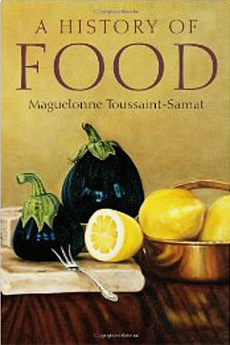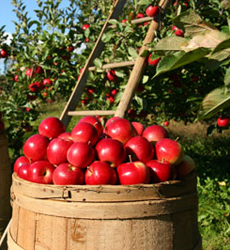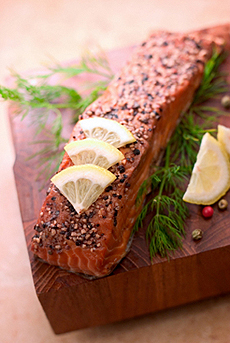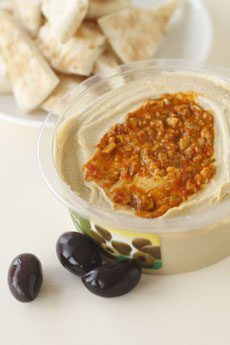|
Not long ago, we overheard a conversation among a group that was seated next to us at a New York City restaurant. One person was recounting a dinner he had had at a colleague’s home. He had been served a slice of apple pie with a wedge of Cheddar cheese, and was “flabbergasted” by the “bizarre” combination.
“Is there whipped cream or ice cream?” the storyteller asked his host. “This is how we serve it in Vermont,” the host responded.
The group continued to discuss this “weird” combination as we restrained ourselves from butting in. Not only is a sharp slice of Cheddar a delicious counterpoint to sweet apple pie, but the popularity of the combination led to the creation of a Cheddar crust for apple pie—adding shredded Cheddar to a standard crust recipe. The video recipe is below, and yes, you can still serve a wedge of Cheddar with a Cheddar-crust pie.
And don’t limit yourself to the traditional version. If you enjoy blue cheese, serve a wedge with pie, or crumble it atop the pie (we particularly like blue cheese with blueberry pie). We often serve a circle cut from a fresh goat cheese log with fruit pie. There’s no rule book: Try whatever cheese you like with any fruit pie. The chocolate goat cheese log from Capri is exquisite with chocolate, coffee and nut-themed pies. It tastes like chocolate cheesecake.
Cheese with fruit pie is a variation of the cheese, fruit and bread combination that has likely been popular since man first learned to make cheese and bread (in prehistoric times—see the history of cheese and the history of bread for more information).
How Did The Pairing Of Apple Pie & Cheddar Begin?
In the affluent households of ancient times, cheese was thought to aid digestion† and was often served at the end of a meal with fruits and nuts. Finishing an evening meal with a cheese course became customary throughout Europe. According to FoodTimeLine.org, the wealthy, whose dinners comprised many courses, enjoyed the practice until the 19th century.
Even after a sweet dessert* course became a popular way to end a meal, the cheese course was served before it. This custom continues today.
Skipping back to the 1600s: Both apples and Cheddar were brought by British settlers to what is now New England. In pre-refrigeration times‡, no one had a freezer for ice cream, and cream needs to be chilled to whip well. So what better way to garnish the pie than with a slice of locally made Cheddar cheese—no refrigeration required.
Enjoy this delicious Cheddar crust apple pie recipe, a perfect fall dish.
|



